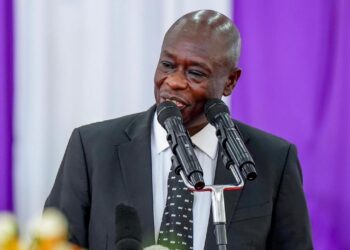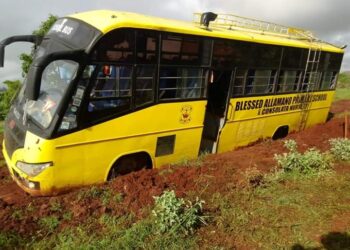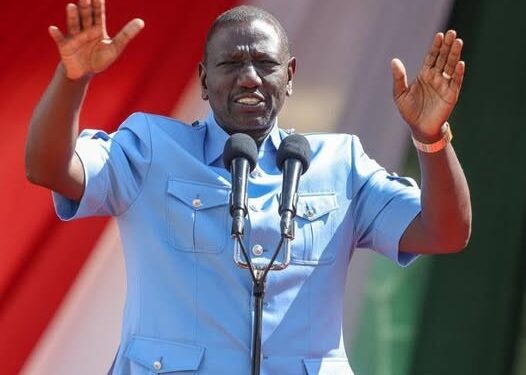President William Ruto claims that will shock Kenyans when Kenya moves to the first world. The plan will shock the nation as President William Ruto vows to catapult the country from its developing status to a global powerhouse, teasing a blueprint that blends bold infrastructure leaps with tech revolutions to leave citizens stunned.
President Ruto now has a plan to take Kenya to the next level that will shock every Kenyan in the near future.
Speaking at a youth empowerment summit in Kisumu on November 13, Ruto declared, “I will move Kenya from a third-world nation to a first-world country. I have the plan, the vision and the resources to make it happen and shock you.”
The pledge, delivered amid cheers from 5,000 attendees in Ukambani region, comes as the administration grapples with economic headwinds, including Sh3.4 trillion debt and 6.8 per cent inflation, painting a picture of ambitious transformation that has social media buzzing with hope and scepticism in equal measure.
Ruto’s vision, sketched in growth and stability to an unimaginary, hangs on a “Kenya 2.0” roadmap pointing to 10 per cent annual growth by 2030 through mega-projects like a nationwide high-speed rail linking Mombasa to Kisumu and a green energy grid powering every village.
“We’re talking universal internet, AI-driven farms in Kitui, and hubs rivalling Silicon Valley in Konza,” he elaborated, eyes alight with the fervour that won him the 2022 race.
The plan draws from global models – Singapore’s urban leapfrog and Estonia’s digital overhaul – tailored for Kenya’s youthful demographic, with youth unemployment at 35 per cent topping the fix-it list.
Resources? Ruto okayed the Sh97 billion World Bank loan and Qatar FDI loan as well, pledging “no more begging bowls; we’re building factories.”
Kisumu, the late Raila Odinga’s heartland, proved fertile ground for the pitch, where Ruto’s bottom-up mantra once clashed with ethnic divides but now finds tentative buy-in.
“From third to first? “That’s the shock we need after years of promises,” said a local entrepreneur who attended, clutching a notebook for job leads.
Not all nods were full; opposition echoes from ODM’s Edwin Sifuna questioned the timeline: “Vision without votes from the street feels like another mirage.”
“From hustler to first-world wizard? Show us the wand.” The announcement lands amid fiscal scrutiny, fresh off IMF yuan repayment warnings and HELB blacklist woes.
Ruto countered critics by unveiling pilot funds: Sh10 billion for vocational hubs in Nyanza, targeting 100,000 trainees in coding and renewables.
“This isn’t talk; it’s timelines. By 2027, you’ll board bullet trains to work,” he assured, invoking the late Raila’s unity calls to bridge divides.
As November 14 dawns over Nairobi’s skyline, Ruto’s First World Kenya Plan 2025 feels like a high-stakes bet on national reinvention.
In a year of protests and pivots, the president’s shock therapy could galvanise or galvanise ghosts of unkept oaths. For Kenya’s 56 million dreamers, from matatu touts to tech whizzes, it’s a tantalising tease: will the vision vault them upward or leave them grounded in familiar grit?















